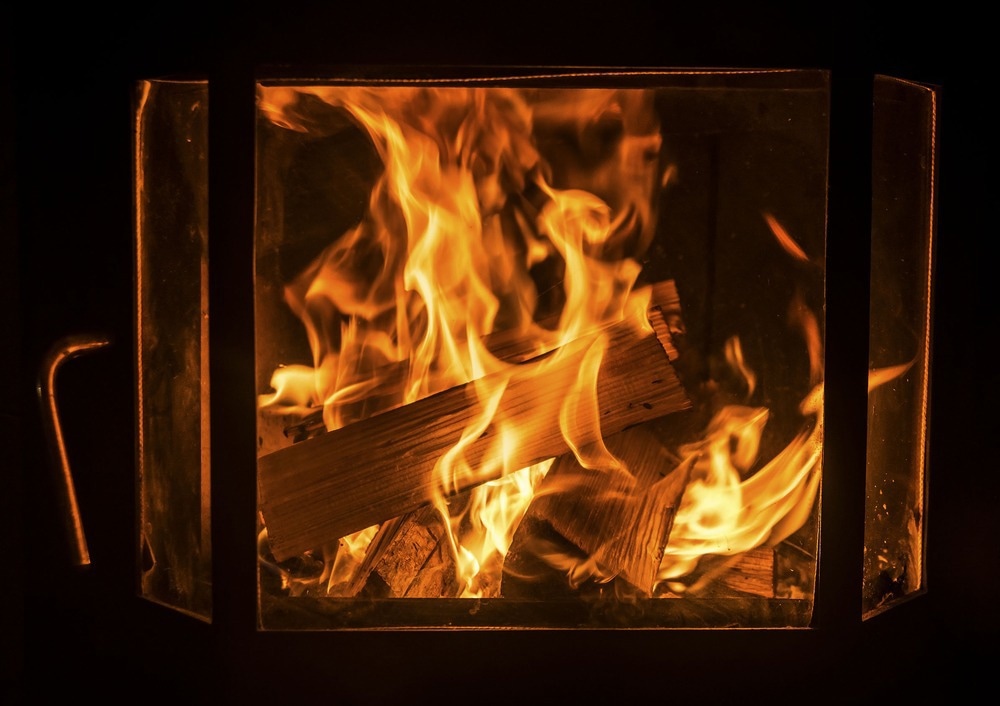 By Neha MathurReviewed by Danielle Ellis, B.Sc.Oct 4 2023
By Neha MathurReviewed by Danielle Ellis, B.Sc.Oct 4 2023In a recent article published in Scientific Reports, researchers conducted a population-based study with a case–control design in rural areas of Honduras in Central America to examine whether wood cookstove use by indigenous populations was associated with increased risk of stomach cancers, including gastric adenocarcinoma (GC).
 Study: Wood cookstove use is associated with gastric cancer in Central America and mediated by host genetics. Image Credit: maradon 333/Shutterstock.com
Study: Wood cookstove use is associated with gastric cancer in Central America and mediated by host genetics. Image Credit: maradon 333/Shutterstock.com
Background
Honduras, El Salvador, Guatemala, and Nicaragua are four low and middle-income countries (LMICs) countries in Central America (CA-4) with a combined population of over 40 million. The natives in these countries have a homogeneous diet low in fruits and vegetables, and they use wood stoves (fogon) for cooking. Moreover, Helicobacter pylori (H. pylori) infection is endemic in 60 to 70% of the adult populations of CA-4.
Since these people use wood, charcoal, and dung (biomass fuels) for cooking and other domestic energy requirements, they expose themselves to carcinogens in wood smoke, such as polycyclic aromatic hydrocarbons (PAHs) and heterocyclic amines (HCAs), which have health consequences.
Metabolizing phase I enzymes, such as cytochrome P450 Family 1 Subfamily B Member 1 (CYP1B1) and CYP1A2, and phase II enzymes, glutathione S transferases (GSTs) and N-acetyltransferases (NAT) modify these compounds. However, genetic variation(s) in the genes encoding HCAs and PAHs activating/deactivating enzymes might modify the risk for GA.
H. pylori infection, which causes stomach inflammation and ulcers, is another risk factor for GC along with host genetics, cooking with biomass fuels, and dietary factors. Notably, cytotoxin-associated gene A (CagA) is the principal H. pylori virulence genotype for GC. Overall, how these factors together interact with enzymes that activate and deactivate PAHs and HCAs in wood smoke is unclear.
About the study
Thus, in the present study, researchers hypothesized that the effects of wood stove use might be most apparent in the rural populations of CA-4. They prospectively recruited incident GC cases from Santa Rosa de Copán and Siguatepeque hospitals in the mountainous rural areas of Honduras. The team used endoscopic appearance and confirmatory histopathology for GC diagnosis. All participants underwent health and epidemiology assessments and provided their sociodemographic data. They replied yes or no about lifetime woodstove use.
Since the region has a high H. pylori prevalence, the team used a validated multiplex serology assessment to determine the participant's CagA and H. pylori infection statuses.
Results
From 1,425 participants with genetic and H. pylori data, the team selected 814 GC patients and 1049 controls, with median ages of 65 and 54, respectively. Of these, 85% and 87% of subjects were seropositive for CagA and H. pylori infection, respectively. In total, 92% and 78% of the GC cases and controls used wood stoves. GC cases were also more likely to be male and older, with a CagA genotype.
The authors noted that wood stove use and the rs1800440 variant of CYP1B1 (86%-88%), both GC risk factors, were highly prevalent in the Honduras population. More importantly, the CagA genotype
Wood stove use modified the rs1800440 single nucleotide polymorphism (SNP) of the CYP1B1 gene independent of the CagA genotype and other GC risk factors. Thus, wood stove use increased the risk of GC by more than 2.3 times or by 40%, even after adjusting for age, sex, and CagA status. Previous studies did not find a link between the rs1800440 variant and GC and colon cancer, likely because this association was only significant in individuals exposed to wood stove use.
Polyphen-2 is a tool to predict the impact of amino acid substitutions in any protein. This tool scored the rs1800440 CYP1B1 minor allele (G) encoding amino acid substitution Asn453Ser at 0.906, indicating that this substitution was indeed deleterious and increased the risk of carcinogen exposure, particularly in wood stove users.
Exposure to PAHs in biomass smoke might also have contributed to GC development; however, further research could fully elucidate this relationship.
Conclusions
Overall, the study highlighted how the CYP1B1 genotype, gene encoding enzymes that metabolize pro-carcinogenic compounds in wood smoke, mediate the effects of wood cookstove use on GC. Thus, cooking on wood stoves promotes cancer development.
Researchers have proposed improved cookstove designs to reduce smoke exposure by cooking, but challenges remain. Since genetic factors play a role in susceptibility to adverse health impacts from wood stove cooking, populations with a high prevalence of the risk rs1800440 genotype might benefit most from these interventions.
Further research might shed light on the health and environmental impacts of wood cookstove use.